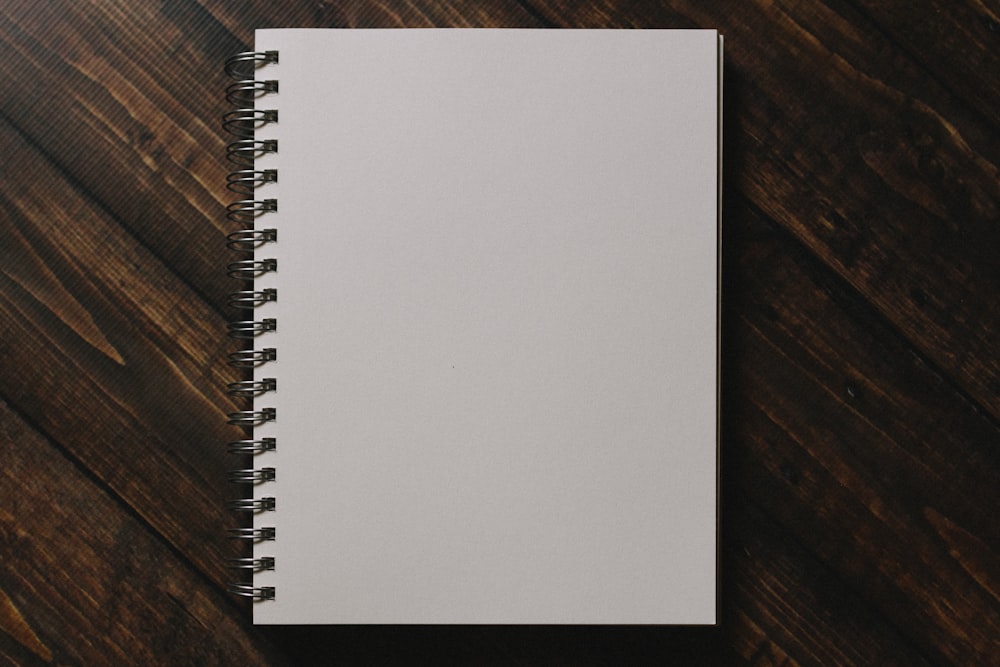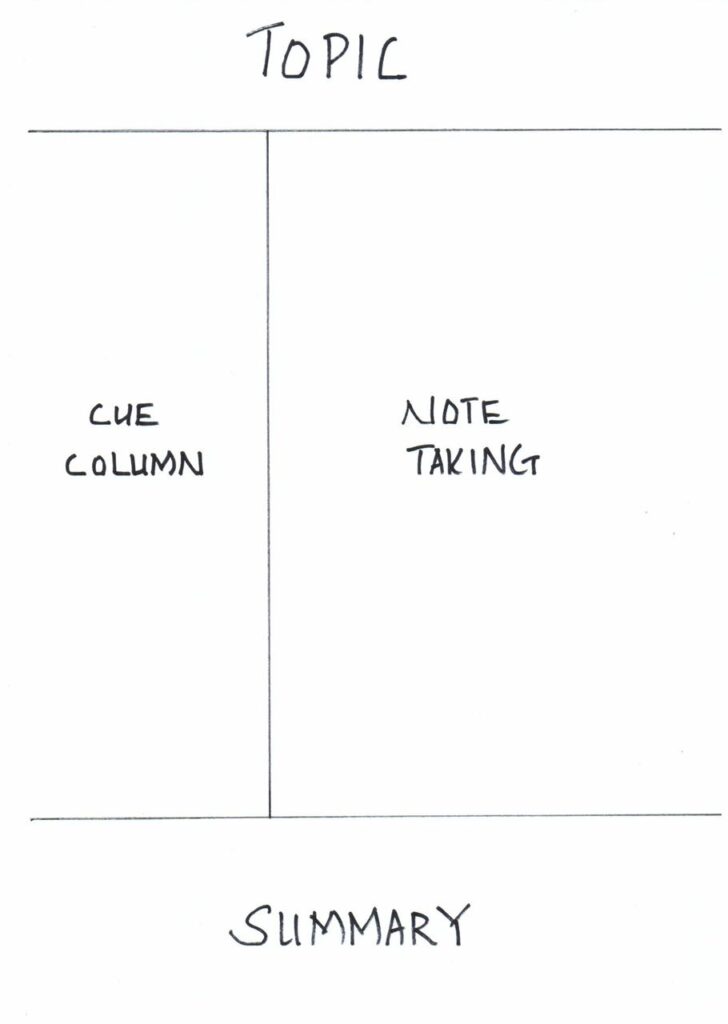
The best way to take notes using the Cornell note taking method!
There are many ways to take notes and different methods work best for different people. However, there is a note-taking system that has been proven to be more efficient and effective than the rest. It is called the Cornell Method.
The Cornell note taking method was invented in the 1940s by Walter Pauk, a former education professor of Cornell University. This method works especially well when you need to condense complex ideas and refine them to make reviewing easy. Whether it is to take notes during a lecture or from a book, I would recommend using the Cornell method.
Now let us dive into how you can use the Cornell note taking method to take the best notes!
The Cornell Method Template
You can use the Cornell method regardless of whether you handwrite your notes or type them up. If you prefer to handwrite your notes in a notebook, these are some items you might want to get:
- A lined notebook
- A pen/pencil
- A 20cm ruler
On a single page, draw 2 lines to create 3 spaces. You would want to leave just a few lines at the bottom of your page for the summary section. Then, divide the remaining space above into two for the “cue column” and “note taking area”. As a rule of thumb, the “cue column” should be about 1/3 the width of the paper.

With that, you have created the template for taking notes using the Cornell method!
I personally like to draw these templates out before attending my lectures. By doing this, I can stay focused on taking notes and not worry about frantically drawing lines while trying to remember what my lecturer has just said.
Taking Notes Using The Cornell Method
Let us now plunge into effective note taking using the Cornell method.
To take notes effectively, I cannot stress how important it is to first of all, pre-read your lecture slides if you have them before a lecture. By doing this, you go into the lecture hall with a good idea about what to expect; you will be better prepared to understand information and also find it easier to draw concepts together to form a bigger picture.
You can read more about the benefits of pre-reading before class here.
Having pre-read your lecture slides, you are now able to focus well and take better notes. Now, you may have heard about the 5 R’s of note taking: record, reduce, recite, reflect and review. Let us go over them.
1. Record
As you listen to a lecture or read a book, record all meaningful information in the “note taking” section. A good tip for note taking is to use abbreviations. Especially if you are handwriting your notes, writing legibly is just as important as writing speedily. By using abbreviations, it not only saves you time but it also allows you to squeeze more words into the section.
Here are some of the most common and effective note-taking abbreviations that you can incorporate into your notes.
2. Reduce
Reducing your notes should be done as soon as possible, especially after a lecture. To reduce your notes is to summarise all the information in the “note taking” area into a few sentences in the “summary” section and into concise headings/keywords in the “cue column”. You may also write down questions you might have about the topic in the “cue column” to remind yourself to go back to them.
When you reduce your notes, it forces you to go over all the information and extract out the ideas. This is effective in helping you to ensure that you have understood the lecture content well.
The “cue column” is also what you would start with when you come back to revise your notes.
3. Recite
Using only what you have written in the “cue column”, and in your own words, teach yourself the lecture content again. Similar to reducing your notes, reciting will help you to gauge your understanding from the lecture. Furthermore, it enforces your familiarity with the content and raises your awareness to any uncertainties you might have that need to be clarified.
4. Reflect
Reflection. This stage essentially involves you forming opinions and perspectives about what you have learned. Reflecting is a good starting point to raising questions and forming connections between relevant ideas, which will enable you to develop a deeper understanding and interact better with your learned knowledge.
5. Review
According to the Ebbinghaus forgetting curve, the ability of our brains to retain information exponentially decreases with time. This is why reviewing your notes frequently is extremely important. Even if it is as simple as taking 10 minutes each week to go over your notes, the amount of information you will be able to retain is remarkable.
Conclusion
So here is the best way to take notes using the Cornell note taking method!
I have personally found that while the Cornell method is effective and useful, it does not work for every subject. For example, for subjects such as biology that require more fact memorisation than summarisation and critical thinking, I do not find the Cornell method to be more superior than other note taking methods.
However, for subjects that centre around heavy readings and complex ideas, the Cornell method is definitely an excellent note-taking system.
I hope you have found this article helpful!
Click here to check out more articles on productivity!
